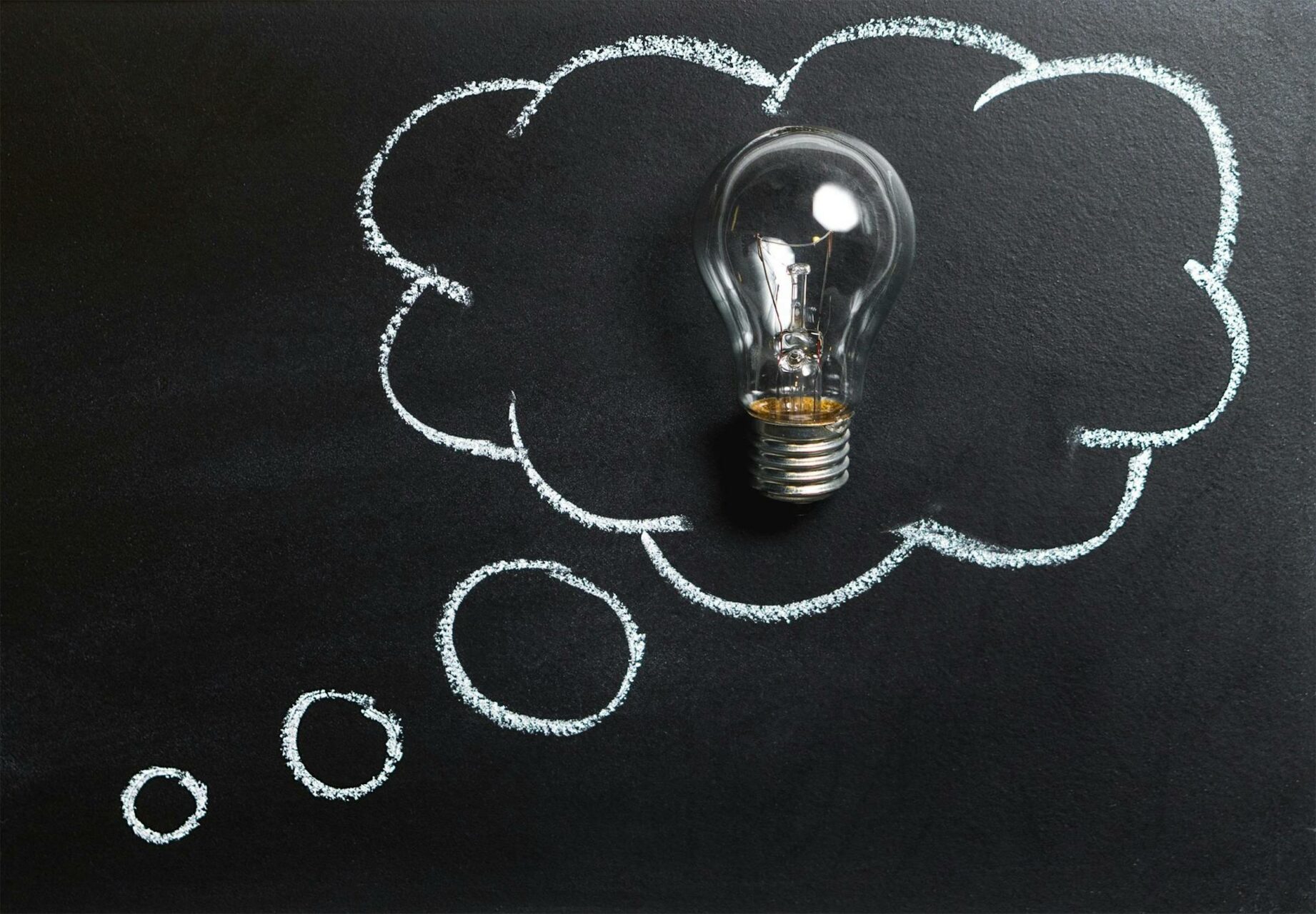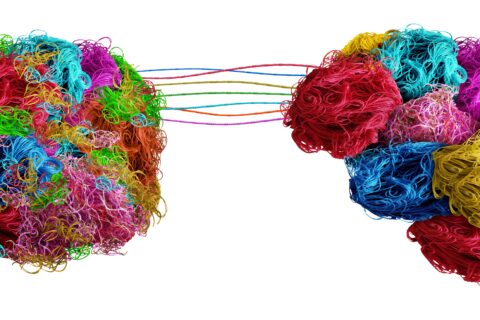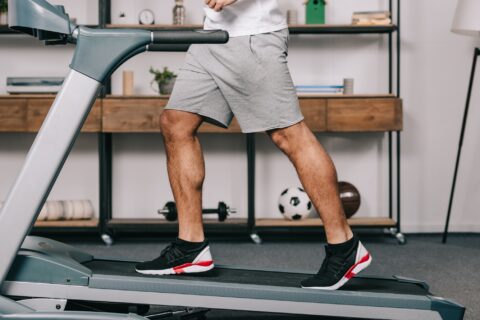Learn the importance of working on your body first to effect change in your brain and mind.
Learn the importance of working on your body first to effect change in your brain and mind.

Learn the importance of working on your body first to effect change in your brain and mind.

Learn the importance of working on your body first to effect change in your brain and mind.

Certain memories—bad race experiences, crashes, or results that don’t meet expectations—can linger, get “sticky,” and rob athletes of the enjoyment of sport. A novel treatment method could help us get over them and rekindle our joy.

Improving your ability to push beyond your perceived limit can bring many rewards, from watts to wins.

No hills? No problem! Simulate hill running on the treadmill with this 1-hour workout.

Mimic the demands of a full marathon without having to go the distance.